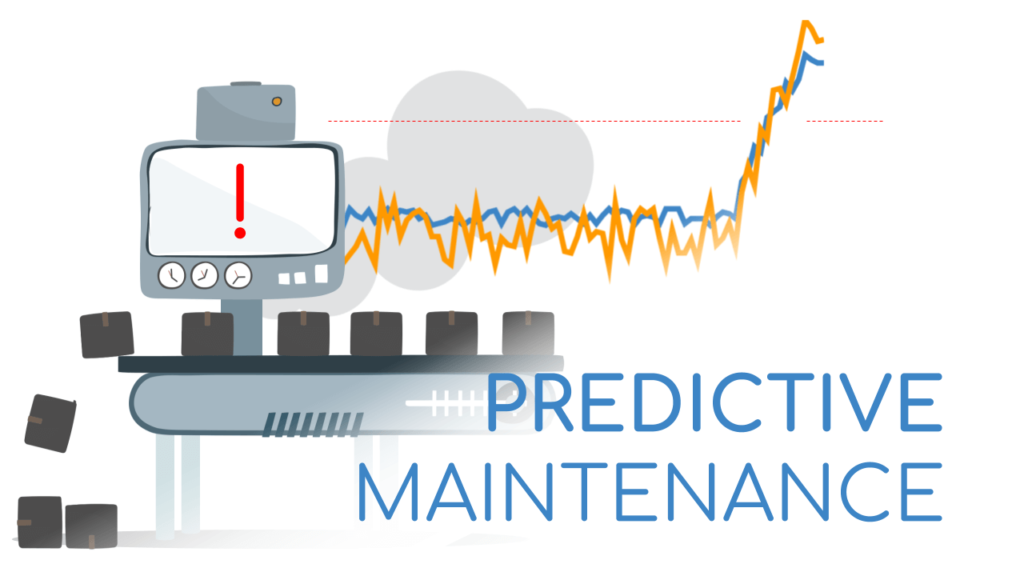Manufacturing systems constantly operate under heavy loads and a delay or cessation in work can translate to spiraling losses. In many companies, the best solution in place for fixing issues is waiting until they happen and only then working out how to resolve them.
This reactive system has predominated until recently, but only because there were no better alternatives. With the new big data analytics brought in by Industry 4.0 and IIoT, companies can take advantage of manufacturing systems that continuously gauge their own need for repairs. Known as predictive maintenance, the various advanced sensors and connected devices available today enable manufacturers to uncover complications before they arise and fix minor issues before they become hugely expensive problems.
Many advanced systems can now fix themselves and also provide early alerts in situations that are not readily resolvable. More importantly, data analytics can deliver insights into which components tend to fail the most, allowing manufacturers to turn their reactive solutions into proactive ones. Predictive maintenance could potentially save manufacturers millions of dollars over the course of a year, prolonging the life of equipment and ensuring efficient operations. And thanks to growth in big data platforms, it’s becoming easier and more cost-effective to gather these insights.
How Does Predictive Maintenance Work?
Predictive maintenance is defined as a maintenance strategy driven by predictive analytics. Failure patterns are detected and solutions are deployed when there is a high chance of imminent failure. In this way, uptime is maximized, the supply chain process is enhanced and overall satisfaction is improved for workers, managers and customers. If all goes according to plan, a maintenance technician can be scheduled to fix a problem before it even occurs.
Practically speaking, a predictive maintenance system is continuously monitoring the condition of each machine on an assembly line. The exact methodology may be dependent on the machine, but it always involves some sort of testing that is done even while the machine is operating normally. The information gleaned from this is then linked with process performance data giving a full picture of the health of the machine.
Three Steps to Implementation
Effective implementation of predictive maintenance in a manufacturing plant includes:
1. Capturing, digitizing, and transmitting data – in the past this has been done manually by someone actually going and checking the machines and noting down the status, performance, and any issues. With predictive maintenance, a system is always running the background collecting the data related to the machinery’s level of operation, digitizing it and sending it to a designated person.
2. Storage, analysis, and evaluation of collected data – many manufacturers may still have piles of print-outs of data waiting to be filed away somewhere and they may or may not have ever even been analyzed. This will soon be a thing of the past as newer technologies mean automatic storage in the cloud or on a network of all data collected and advanced tools to quickly analyze and evaluate the data based on definable parameters.
3. Calculation of probabilities of occurrence of certain events – the end result of the data analysis is a calculation of the likelihood and timing of malfunctions or other issues involving the machinery. The key is to then be prepared and plan in advance for these events to take place so that the disruption is minimal if at all.
The Bigger the Data the Better
In order for a system to be smart enough to correctly predict malfunctions, it needs to have a huge amount of data to work with. The more parameters that are collected, the more the system can analyze. Rather than simply just collecting information about the machines themselves, advanced systems also capture information about the environment (such as temperature or humidity) that may influence the machine’s performance.
When it comes to data, it is definitely a case of “bigger is better” – the size of a database and the intelligence level of the algorithm being used for analysis are directly correlated to the reliability and accuracy of the results. The more often the system updates and processes the data, the more quickly it will be able to identify trends and predict any upcoming failures.
And when you know a failure is coming, you can do everything in your power to try to prevent it, ensuring that your factory remains as productive as possible!


